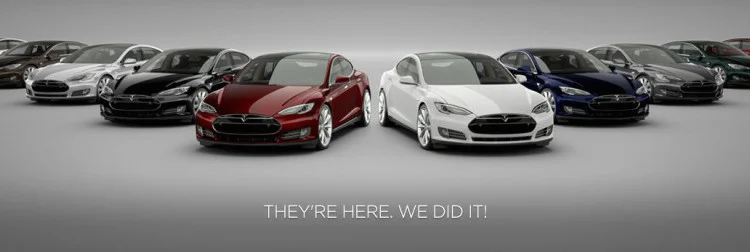What are the stock market’s most notorious “cult stocks,” and how do we identify them? While most investors consider “cult” to be a dirty four-letter word, the corporations that comprise this category have performed incredibly well over the past years. Whereas previously beloved companies like Yelp and Twitter (TWTR) have fallen 44.1% and 21.1% over the last two years, cult stocks like Ambarella (AMBA), Netflix (NFLX), Tesla (TSLA), Chipotle (CMG), and Amazon (AMZN) have experienced near triple-digit gains. More specifically, Ambarella, Netflix, and Tesla have risen 576.6%, 210.7%, and 105.1% since 2013 (for reference, an annual 6-10% return is considered impressive). So, what the heck is going on with these firms?
To begin with, markets are inflated beyond belief and are not representative of U.S. economic growth. Fed policies, specifically long-term zero-bound interest rates fueled by $4 trillion in QE stimulus spending, have created an almost entirely artificial stock market. Since the Dow bottomed at 6,627 in March 2009, the index has since added 10,509 points in only 6 years; this represents a near 150% increase! To put this in context, it took 34 years for the Dow to reach 6,627. However, since the 2008 Recession, expansionary monetary policies have forcedthe Dow to more than double since 2009.
Unlike traditional stock market practices, cult stocks trade on intangible criteria like momentum, intellectual capital, and revolutionary concepts. In other words, instead of trading on prospective, fundamental growth metrics, cult stocks rely solely on future earnings potential. For example, Netflix currently trades at a P/E of 245, meaning that, all things equal, it would take Netflix 245 years to acquire the earnings necessary to justify its $109.24 share price. Yet, because the company maintains vast market share in the video-streaming sector, combined with tremendous international growth potential, investors are willing to accept most every “overvalued” metric associated with Netflix (so long as management consistently delivers incredible quarterly results).
Similarly, bullish Tesla and Amazon shareholders expect tremendous long-term growth as well. As such, these investors believe that, given future market conditions, Tesla and Amazon are presently trading at a huge discount to future earnings. I happen to think differently; While I understand the allure of these cult stocks, I will never own securities that trade mainly based on speculation, assumptions, and rumors. Sure, Tesla is arguably the first automaker to design a popular consumer electric sports car, but what about pricing strategies? Very few individuals can afford to spend six-figures on a Model S (market saturation); yes, Amazon dominates Western e-commerce markets, but what about its faster growing Chinese counterpart in Alibaba (BABA)? Even more worrisome is the fact that both Tesla and Amazon remain profitless (on an annualized basis). Tesla’s trailing-twelve-month EPS sits at -$3.17, whereas Amazon sits at -$0.42. Hence, these multi-billion-dollar companies are bleeding cash (Amazon's market cap is $252 billion); nevertheless, investors remain blinded by their unrealized profits.
To be clear, I do trade stocks that are technically “overvalued,” but I neverbuy securities that trade on unrealistic assumptions and, more scarily, fate. This last year has been quite tumultuous, and with a looming Fed rate hike likely to hit banks prior to the end of FY 2015, investors must position themselves accordingly. This means owning stocks that are fundamentally sound, because once the Fed increases interest rates by 200-300 basis points, most beloved cult stocks will experience dramatic declines.

